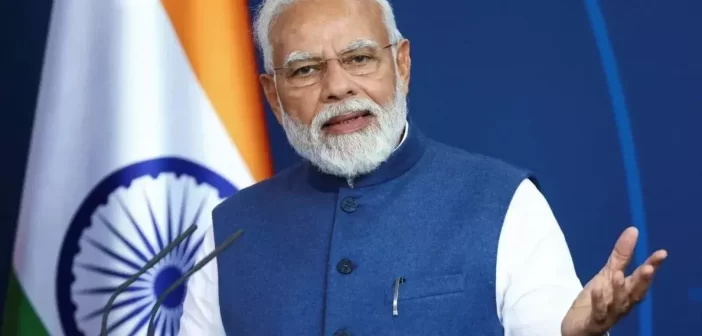In recent years, the characterization of Indian Prime Minister Narendra Modi and the Bharatiya Janata Party (BJP) as “Hindu Nationalist” by Western media has ignited discussions on media bias and representation. This label, often used in a derogatory manner, overlooks the complex political and social dynamics within India, as well as the multifaceted nature of Hinduism itself. Critics argue that such branding simplifies the vast and diverse political landscape of India into a single narrative, potentially skewing public perception and understanding.
The issue of bias in international reporting, especially regarding Hindu nationalism versus Hinduism, is significant. An article by the Nieman Foundation highlights the need for Western media to differentiate between political movements and a religion that is practiced by millions of people with diverse beliefs and practices. The piece emphasizes that conflating Hindu nationalism with Hinduism without providing context or understanding the diversity within Hindu practices can lead to a skewed representation of both the religion and India’s political climate (Nieman Foundation).
Furthermore, a critique on Hindu Dvesha points out the consistent negative portrayal of Hinduism and Indian politics in Western media. It discusses various instances where Western media outlets have misrepresented Hindu nationalism, Hindu practices, and policies under Modi’s government. This includes framing the Ayodhya temple construction and the Citizenship Amendment Act in a negative light, often ignoring the historical or cultural context of these issues. The critique also notes the lack of Hindu journalists in prominent positions within these media organizations, suggesting that this might contribute to the skewed narratives. The article argues for a more balanced and diverse media landscape that can provide a fair representation of Hindu perspectives and Indian politics (Hindu Dvesha).
On the other hand, some voices within India, such as an article from Hindustan Times, argue that the Western media’s focus on Modi’s advocacy for a muscular nationalism centered around Hindu majority contradicts India’s secular and interfaith ideals (Hindustan Times). This narrative suggests that the media’s portrayal is not entirely unfounded but perhaps lacks the nuance necessary to fully understand India’s internal complexities.
In conclusion, the Western media’s branding of Modi and the BJP as Hindu Nationalist raises concerns about bias, misrepresentation, and the oversimplification of India’s diverse political and religious landscape. There is a call for a more nuanced, informed, and balanced approach in international reporting that distinguishes between Hinduism as a faith and Hindu nationalism as a political movement, and that considers the diverse perspectives within India itself.





